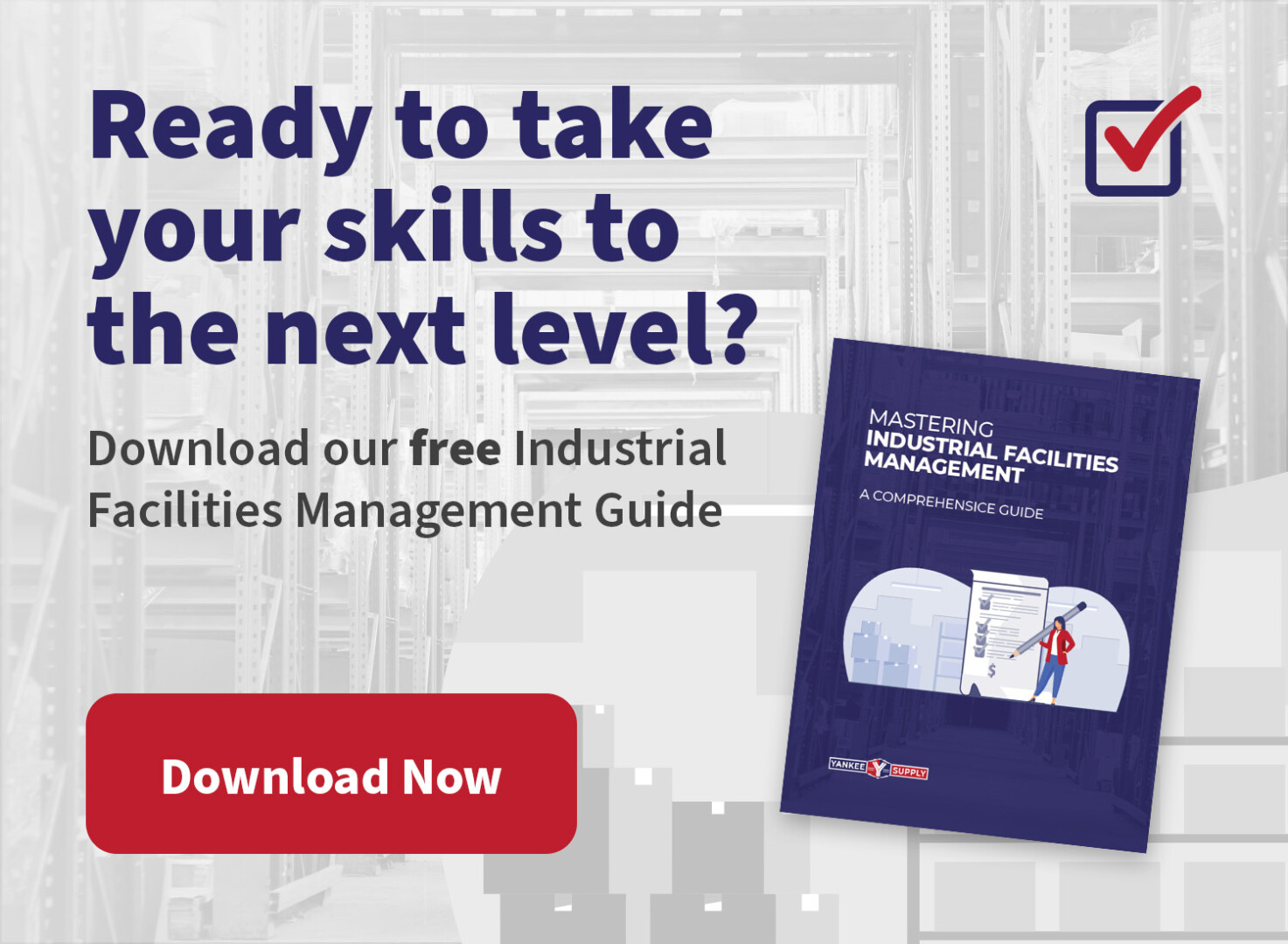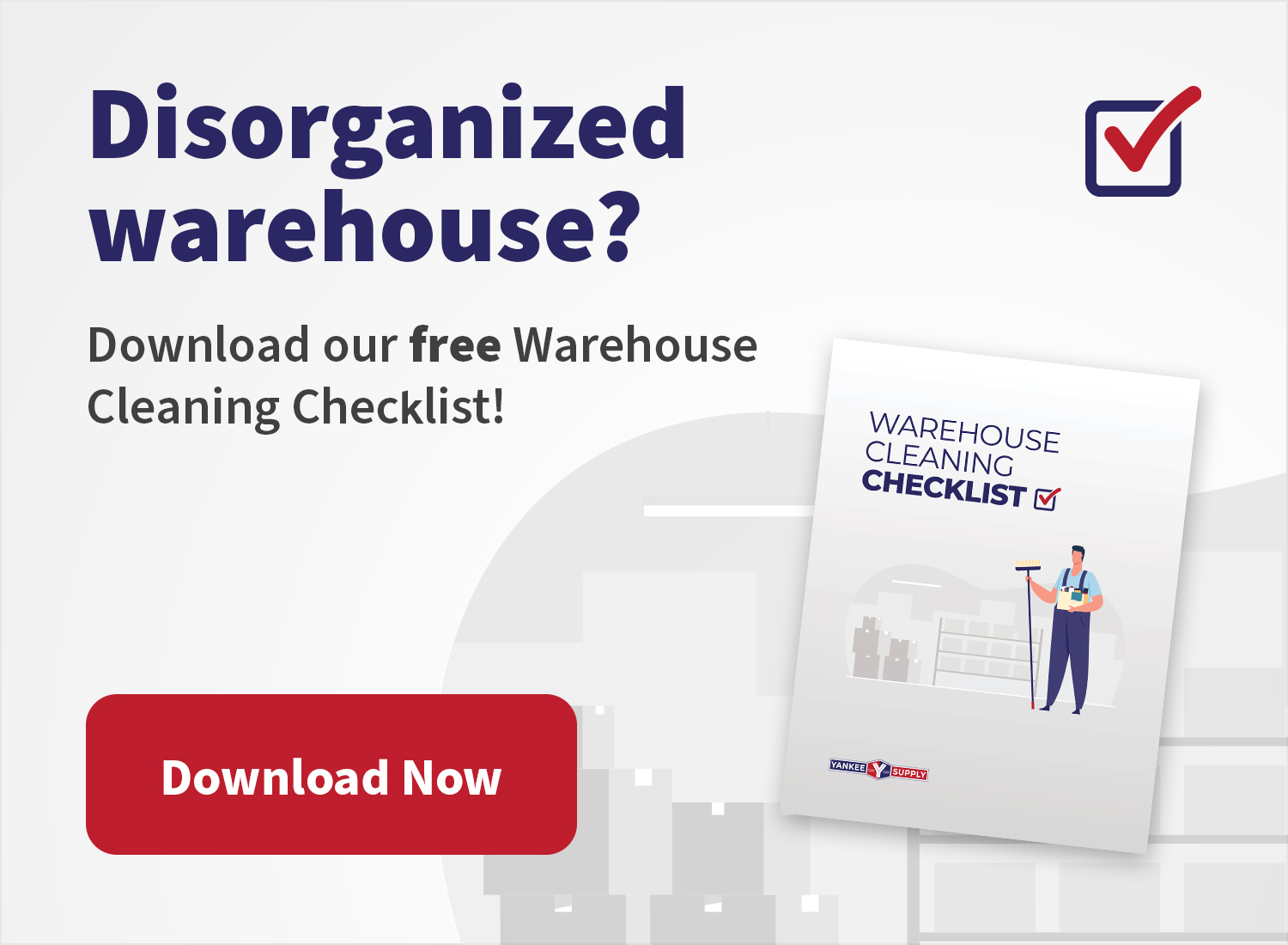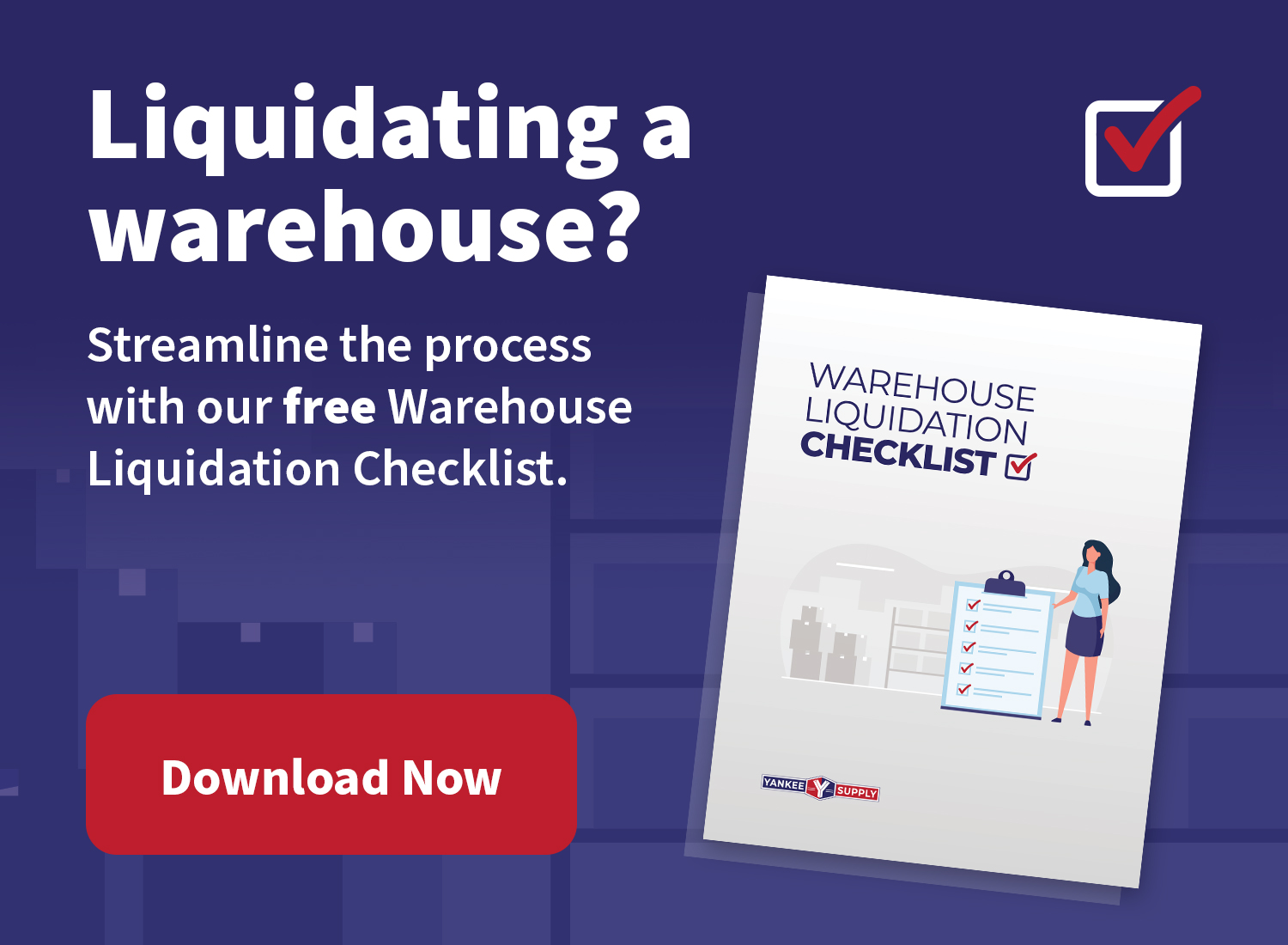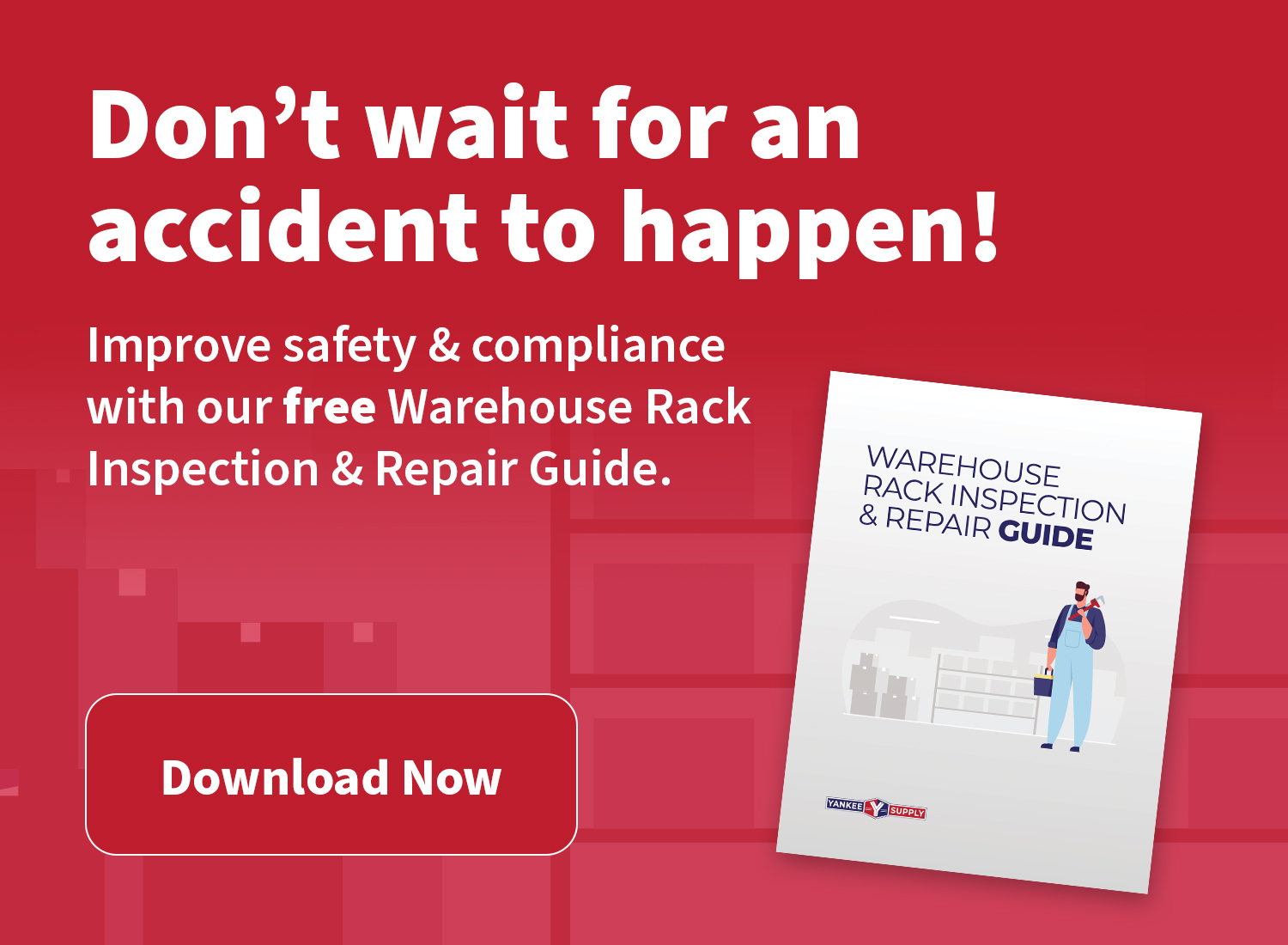Cold storage warehouse or cold chain logistics is a vital component of the cold supply chain. Cold storage warehouses are not as simple as one might think with all that cold air blowing around. Cold storage warehouses involve cold chains, which are a series of steps that cold food undergoes to maintain its safety and freshness.
Cold chain logistics is an enormous industry with around $40 billion spent each year on global temperature-controlled supply chains for pharmaceuticals alone. That’s not even counting the bulk of other perishables and cold products in cold storage warehouses.
Cold chain logistics are challenging because they require precision temperature management and monitoring at every step of the process, from warehouse to transit, delivery, and even point-of-sale (POS). In addition to different cold foods requiring their specific temperatures to maintain freshness during transport and storage, cold storage warehouses need to maintain cold temperatures and others that require a cold chain but not necessarily cold temperatures.
These conditions can be challenging, especially when you factor in the variety of equipment, power supply issues (no electricity? no problem!), variable weather patterns, etc. In addition, as with any business operation, many moving pieces are involved in running an efficient cold storage warehouse. But cold chain logistics is even more complex due to the need for precise temperature monitoring and management at every step of the cold supply chain process, from the warehouse through transit, delivery, and POS (point-of-sale). With proper planning, however, cold storage warehousing can be maximized for efficiency and cost savings.
The cold storage warehouse is the foundation of any cold supply chain, and with proper planning, cold storage warehouses can be made as efficient and cost-effective as possible. This post covers some of the critical points you need to consider in your cold storage warehouse process. Here are a few things that will help you maximize cold storage warehousing like a pro:
Cold Storage Warehouse Equipment considerations.
In cold-temperature settings, traditional forklifts are rarely effective. As a result, there is a need for more specialized lift trucks with a smaller design that can easily maneuver through narrower aisles. As a result, narrow aisle racks are often easier to use in these situations.
Cold temperature applications can use narrow aisle racks to maximize space and enhance pallet density without expanding or relocating operations. In addition to additional floor space, these racks have several advantages. Reduced cost per square foot, reduced pallet rack damage, and even increased forklift operator productivity are just some of the cold storage warehouse benefits.
Conveyor systems should be built specifically for cold warehouse applications to function appropriately under cold conditions. In addition, cold storage warehousing employees must be trained on how to operate cold conveyance systems.
In cold temperature environments, conveyor systems linked to rack systems can help boost productivity. You must, however, ensure that the conveyor is constructed to withstand frigid cold conditions and that cold storage warehousing employees are adequately trained to operate the system. Also, remember that belts or rollers must be explicitly built for this use, or brittleness could cause breakdowns. The conveyor will also run smoothly if lubricants designed for cold temperatures are used, even if cold storage warehouse temperatures fluctuate.
Furthermore, cold temperature settings necessitate de-icing equipment and cold storage warehousing employees trained on proper handling of this equipment. This is especially important when considering your cold chain process. Many refrigerated products have strict cold tolerances (including some pharmaceuticals), cold storage warehouse temperature fluctuations affect product performance, and freezing temperatures easily damage many cold chain products.
Freezer spacers are sometimes required when products are shipped on pallets to prevent products in boxes or other containers from freezing. Layers of items are kept from freezing via these freezer spacers, which are cold plates that ensure the cold chain is not interrupted.
Manually removing these spacers before transportation can be expensive and time-consuming. The load, which is still on the pallet, can be tipped on its side using a pallet retriever, which eliminates the need to unload the pallet. However, manually performing this operation raises labor costs, takes up more space in cold storage warehouses, and costs more fuel to transport the load.
Because staleness is a risk for products held in cold temperatures, it’s critical to guarantee that older inventory is sent before newer inventory. This is known as FIFO or a first-in, first-out cold storage warehouse process.
Suppose products are put away in cold storage warehouses based on the day they arrive instead of age. In that case, there is an increased chance that perishable inventory will be sent before older items and spoilage could result. By using FIFO cold chain logistics processes to prioritize distribution by product age, cold storage warehouses can avoid wasting products.
Temperature and airflow relations.
It’s not as simple as using a specific rack style to get the highest capacity in cold storage applications. In a cold storage warehouse, temperature and airflow are intertwined. The colder the air is, the less it can hold moisture – so if your warehouse has shallow temperatures, you need to make sure there’s enough airflow to keep up with the water vapor that will be removed from your products. That’s because too much humidity in a cold storage environment means more condensation on walls and floors, which can lead to mold growth or spoilage of goods.
To best store your items, you need to find the perfect balance of temperature and airflow. As storage units become more crowded with time, colder temperatures are required to keep food from spoiling. Airflow is also essential because it keeps condensation from forming on surfaces inside your storage unit.
In cold storage warehouses with coolers, some food items require cold temperatures while others prefer it – but do not need cold temperatures. If you’re planning a hard chain logistics management strategy for your business, measure the specific needs of each product in question before investing in cold storage warehouses.
Cold storage warehouses can be expensive and labor-intensive, but cold temperature warehousing is often necessary to ensure quality control for specific products. By investing in the right cold chain equipment and cold storage warehouse distribution processes, you will maximize cold storage warehouse space like a pro while maintaining your product’s integrity across your supply chains.












